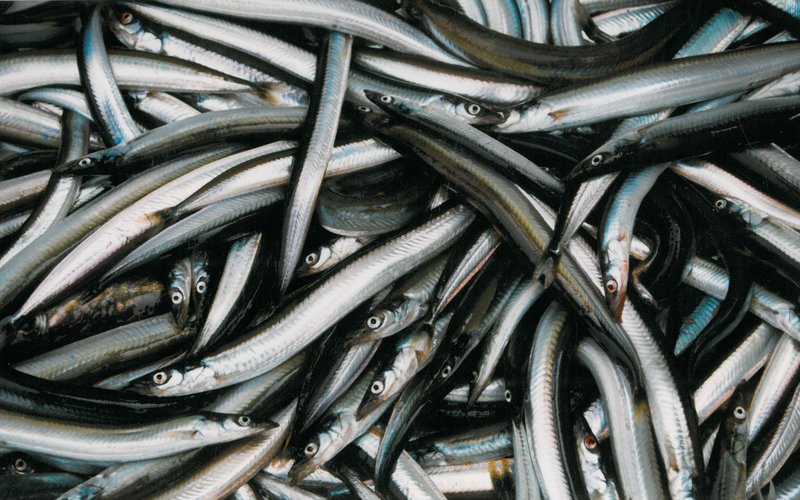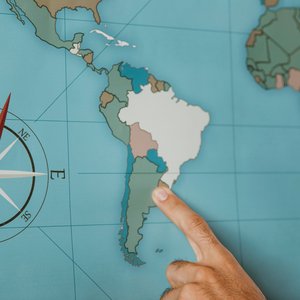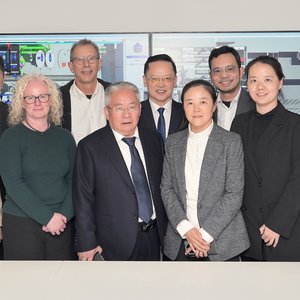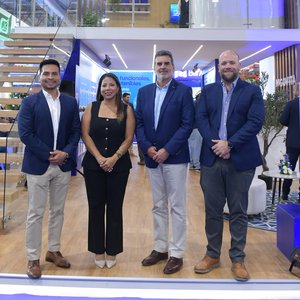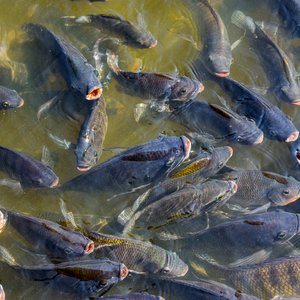DTU Food Institute carried out a technical examination of Danish organic eggs finding per- and polyfluoroalkyl substances (PFAS) in yolks. Researchers stated that these substances are most likely transferred via fishmeal, which is included in the feed of hens. According to the study, this relationship was found because uniform concentrations and compositions of PFAS compounds were found across large chicken flocks that consume organic feed. The study was carried out by the DTU National Food Institute in collaboration with the Danish Veterinary and Food Administration.
The European Fishmeal and Fish Oil Producers (EFFOP) have initiated analyses to get a complete picture of all the fish species that are used to produce European fishmeal. “A database will be established to map the PFAS profile of European fishmeal batches that can then be used for future risk assessments in animal feeds. There is a large paucity of knowledge in our current scientific understanding of the distribution of PFAS in the whole value chain. As an industry, we urge the continuation of high-quality scientific research that can support policy decisions and any future regulation or management of this issue,” EFFOP said.
Marine Ingredients Denmark also said that DTU Food Institute's technical investigation did not contain traceable origins in relation to the fishmeal used in the feed for hens. “We are working with both authorities and researchers to get a true picture of the PFAS content in fish and fishmeal and will work to get this issue dealt with as soon as possible,” the organization said.
At the same time, the Danish Minister of Food, Agriculture and Fisheries, Jacob Jensen, said “we need greater clarity and an overview of how extensive a problem of increased PFAS content in our food is. That is why I have asked the Danish Food and Drug Administration to initiate wider screening work for PFAS in our food, so that we become smarter and can intervene where it is needed. For that reason, the agency's work will also become part of the government's overall action plan against PFAS."
Available data
In Denmark, PFAS has been monitored in fish by the Danish Veterinary and Food Administration from 2011-2020. All results in fish from aquaculture were significantly below the maximum level set by the Regulation (EC) 2022/2388, which came into force on January 1, 2023.
EFFOP also highlighted the high variability of fishmeals depending on their origin. “A global analysis of fishmeal from 92 commercial fishmeals by Li et al., 2019 – the United States (9), China (28), Europe (5), South America (45) and Southeast Asia (5) – revealed the high variable nature of fishmeal due to seasonality, species, site of catch and production method. Therefore, the fishmeal that is either measured or used as feed is highly context-specific and should not be representative of a whole industry. EFFOP is working to map areas of risk and how fishmeal from these areas falls into current regulations.”
In 2022, the Norwegian Marine Research Institute released its technical report on contaminants in farmed salmon, rainbow trout, cod and arctic char with values averaging 0 μg/kg. Whereas a recent Dutch study showed that most of the farmed fish (trout, catfish, turbot, salmon, tilapia and pangasius) were among the lowest contaminated samples for PFAS, in a nationwide investigation when comparing against wild-caught fish and shrimp (Zafeiraki et al., 2019) averages for farmed fish ranged from 0.06 to 1.5 μg/kg, EFFOP said.


